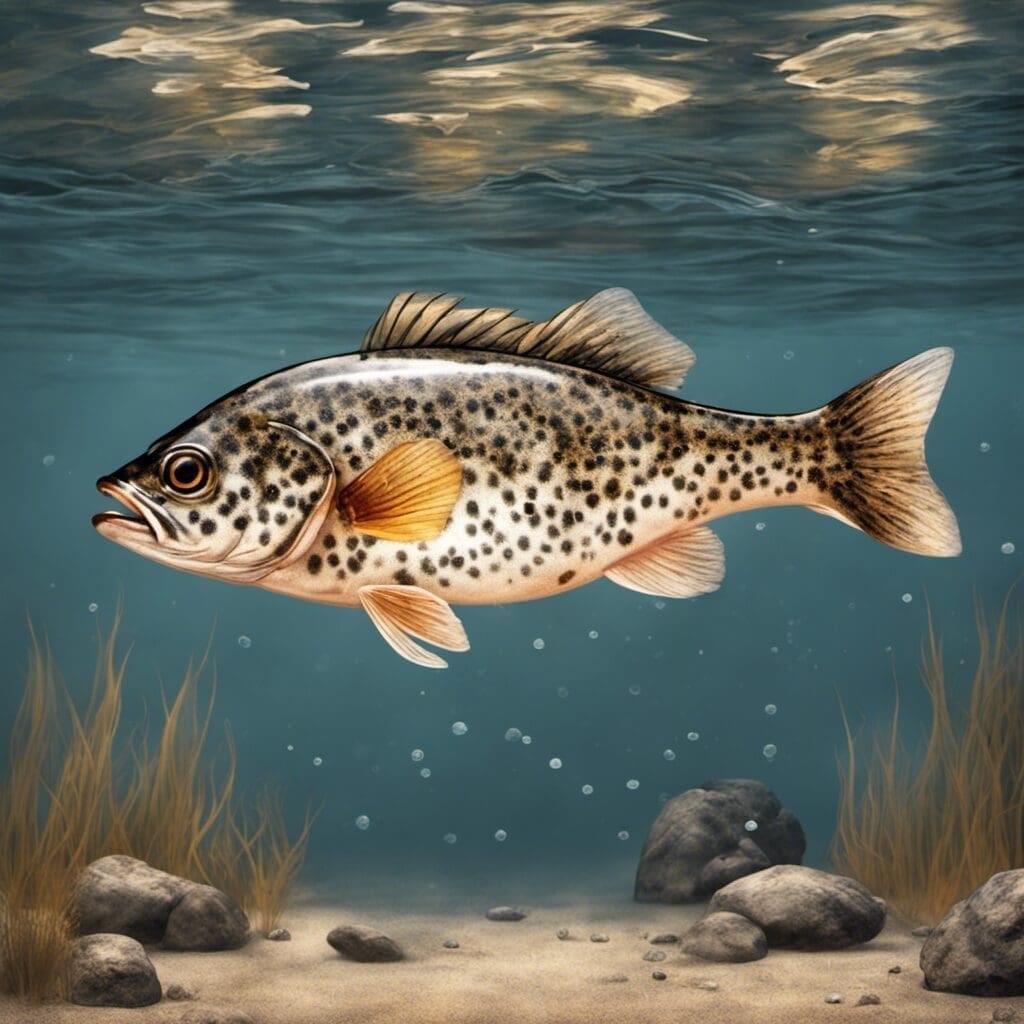Introduction
The Speckled Hind, scientifically known as Epinephelus drummondhayi, is a member of the Serranidae family. This deep-water fish is also known by various other names such as Strawberry Grouper or Kitty Mitchell.
Conservation Status
As per the International Union for Conservation of Nature (IUCN), the Speckled Hind is identified as a species that is Near Threatened. Numerous conservation efforts are underway to protect the species and its habitat.
Statistics
| Aspect | Average | Range |
|---|---|---|
| Length | 24 inches | 18 - 37 inches |
| Weight | 10 pounds | 6 - 20 pounds |
| Lifespan | Up to 35 years | Not specified |
Distribution
The Speckled Hind can be found along the Atlantic coast of the United States, from North Carolina to the Florida Keys, and in the Gulf of Mexico.
Habitats
- Water Type: Saltwater
- Depth Range: 80 - 600 feet
- Temperature Range: Not specified
When and Where to See
Although no specific seasonal patterns are mentioned, this species tends to be more active during dusk and dawn.
Best Fishing Locations
- Morehead City, North Carolina
- Biscayne Bay, Florida
- Florida Keys, Florida
Tip: Look for Speckled Hinds in rocky areas and near natural or artificial reefs.
How to Catch
The preferred bait for Speckled Hind are smaller fish and squids. Bottom fishing is the most common technique. Best time for fishing is evening and early morning.
Identification Guide
Speckled Hind is recognized by its bronze or reddish-brown color with numerous small dark spots. It has a stout body with a large mouth.
Culinary
Speckled Hind makes for a delicious meal. The taste is mild with a firm, low-fat texture. Baking or grilling are often preferred methods of cooking this fish.
Additional Information
The Speckled Hind often feeds on smaller fish and squid. They are solitary creatures, commonly found near the bottom of their water habitats.
References and Further Reading
For more information about the Speckled Hind, consider consulting resources like the Florida Museum of Natural History or the National Oceanic and Atmospheric Administration’s FishWatch website.

